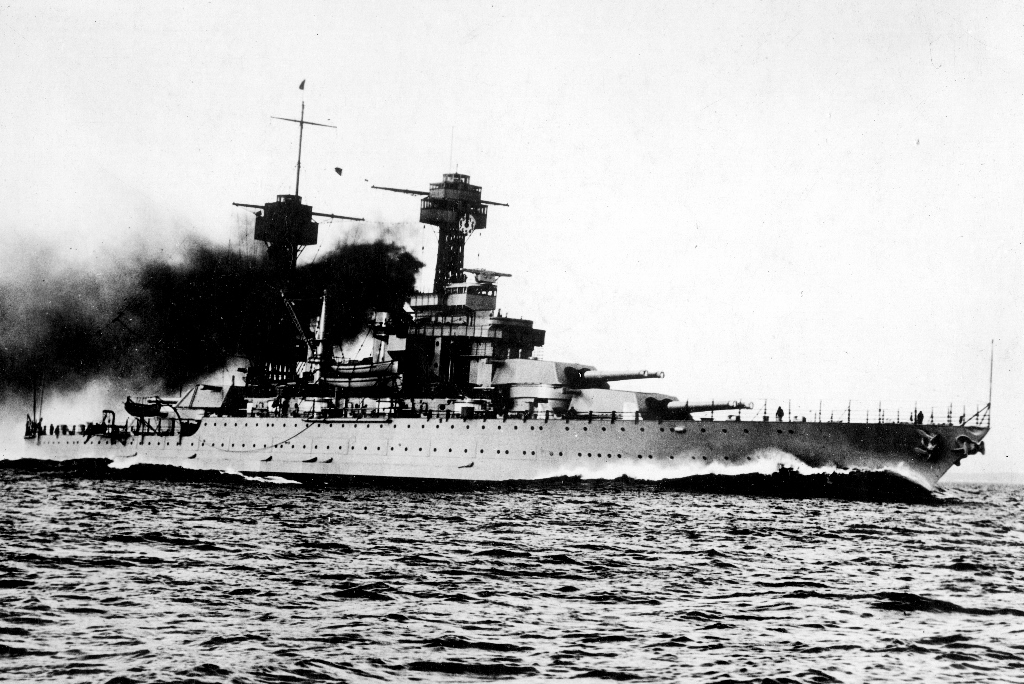
The final installment of "Standard Battleships" was the Colorado (BB-45) class which were armed with the new 16"/45 (40.6 cm) Mark 1. This weapon promised twice the muzzle energy of the 12"/50 (30.5 cm) and a 50% improvement over the 14"/45 (35.6 cm). This larger gun was designed in August 1913 and the prototype, known simply as the Type Gun (45 Cal.) Serial No. 1 in an apparent effort to conceal its true size, was proof fired less than a year later in July 1914. Some minor changes were found to be necessary, and the gun was re-proved in May 1916. The results of these tests were considered to be quite successful and production was approved in January 1917.
Early testing of this weapon was performed at the Indian Head range, which was already considered dangerously small for large caliber weapon testing. Testing of the 16"/45 (40.6 cm) Mark 1 was to show just how dangerous it was:
"Bureau of Ordnance (BUORD) Chief Rear Admiral Newton E. Mason noted in 1910 'This station, while very conveniently situated for the work of a proving ground in the most restricted sense of the term—the actual proving of guns, powders, armor plates, projectiles, etc.—is altogether unfit for an "experimental station."' Civilian protests in particular might help secure funding for more land or a better range, but they also could support arguments for the closure of the facility. It was a fine line to walk. For 10 more years the solution was to continue adding on land, and by 1918, Indian Head had added about 3,208 acres to the property. The breaking point was the onset of World War I, when testing saw a dramatic increase, much of which was for testing the newer, larger guns for the war.""One of these guns was the 16"/45 battleship gun. Considering the Mark 1’s range of nearly 40,000 yards, Indian Head’s 6,000-yard range was just too short. The only way to proof the guns was horizontally at a low angle, making full elevation testing and accurate ranging just not possible. One test in the summer of 1916 sent a projectile through 13-5/8" armor plate, a braced butt built from 16” thick oak timbers, and 27' of sand reinforced by 5/8” skin plates. It [struck a previously fired projectile in the sand bank,] angled up, went another mile down the station, and landed in the house of a local farmer. Luckily no one was injured, but the hazards were only going to get worse when the Navy planned for a 16"/50 gun. Later, when the 16-inch guns were ranged at Dahlgren, it was discovered that the Indian Head range tables were off by 3,000 yards. An error that great would have proved catastrophic in combat." - Sara Krechel in "Problems at Indian Head"
See photograph below of the house hit by this test shot. Not long after this incident, Congress approved funding for what became the Dahlgren Naval Proving Ground.
The original Type Gun was constructed of tube, jacket, seven hoops and two locking rings. The Mark 1 was constructed of liner, A tube, jacket, seven hoops, four locking rings and a screw-box liner. A total of about 40 guns were manufactured. Mods ran up to Mod 10, most being of minor differences except that Mods 1 and 3 had uniform rifling while the others had increasing twist.
In the 1930s, these guns were rebuilt and then redesignated as 16"/45 (40.6 cm) Mark 5. Guns that later had their bores chromium plated were designated as Mark 8.
The original Type Gun (45 Cal.) was relined in 1942 and was then known as the 16” Gun Type E. Rifling and chamber were now the same as the 16"/45 Mark 6. The slide and proving ground girder with elevating gear still exist at Dahlgren at this time (2021) but the gun and yoke were scrapped in 1952.
| Designation | 16"/45 (40.6 cm) Mark 1 |
|---|---|
| Ship Class Used On | Colorado (BB-45) Class |
| Date Of Design | 1913 |
| Date In Service | 1921 |
| Gun Weight | 235,796 lbs. (106,959 kg) (including breech)
230,948 lbs. (104,757 kg) (without breech) |
| Gun Length oa | 736.0 in (18.694 m) |
| Bore Length | 720.0 in (18.288 m) |
| Rifling Length | 616.9 in (15.668 m) |
| Grooves | (96) 0.150 in deep x 0.2735 in (3.81 mm x 6.95 mm) |
| Lands | 0.25 in (6.35 mm) |
| Twist | Most mods: Increasing RH 1 in 50 to 1 in 32 at the muzzle
Mod 1 and Mod 3: Uniform RH 1 in 32 |
| Chamber Volume | 23,506 in3 (385.3 dm3) |
| Rate Of Fire | about 1.5 rounds per minute |
| Type | Bag |
|---|---|
| Projectile Types and Weights 1 2 | AP Mark 3 Mods 2 to 5 - 2,110 lbs. (957.1 kg) |
| Bursting Charge | AP Mark 3 - 57.5 lbs. (26.1 kg) Explosive D |
| Projectile Length | 56.5 in (143.5 cm) |
| Propellant Charge 3 | 590 lbs. (267.6 kg) SPD |
| Muzzle Velocity | AP Mark 3 - 2,600 fps (792 mps) |
| Working Pressure | 18.0 tons/in2 (2,835 kg/cm2) |
| Approximate Barrel Life | 350 rounds |
| Ammunition stowage per gun | 100 rounds |
- ^The AP Mark 3 had a fairly short windshield.
- ^The AP Mark 3 had an Explosive "D" (ammonium picrate) filler. In the late-1920s or early-1930s, a new delay-action, tetryl-boosted base fuze was used to replace the original non-delay, TNT-boosted design.
- ^Propellant was in four bags.
- Bourrelet diameter was 15.977 inches (40.6 cm).
- For data on projectiles used in the late 1930s - 1940s, see the 16"/45 (40.6 cm) Mark 5 data page.
| Elevation | Range | Striking Velocity | Angle of Fall | Time of Flight | Maximum Ordinate |
|---|---|---|---|---|---|
| 0.4 degrees | 1,000 yards (910 m) | 2,532 fps (772 mps) | 0.4 degrees | 1.17 seconds | 5 feet (1.4 m) |
| 5 degrees | 10,100 yards (9,240 m) | 1,981 fps (604 mps) | 6.0 degrees | 13.42 seconds | 725 feet (221 m) |
| 10 degrees | 17,300 yards (15,820 m) | 1,656 fps (505 mps) | 13.3 degrees | 25.68 seconds | 2,651 feet (808 m) |
| 15 degrees | 22,900 yards (20,940 m) | 1,488 fps (454 mps) | 21.4 degrees | 37.12 seconds | 5,553 feet 1,693 m) |
| 20 degrees | 27,400 yards (25,055 m) | 1,416 fps (432 mps) | 29.3 degrees | 47.70 seconds | 9,192 feet (2,802 m) |
| 25 degrees | 31,300 yards (28,620 m) | 1,402 fps (427 mps) | 36.3 degrees | 58.07 seconds | 13,694 feet (4,174 m) |
| 30 degrees | 34,300 yards (31,360 m) | 1,422 fps (433 mps) | 42.3 degrees | 67.42 seconds | 18,569 feet (5,660 m) |
| 45.25 degrees 2a | 39,600 yards (36,210 m) | 1,559 fps (475 mps) | 55.9 degrees | 94.60 seconds | 35,669 feet (10,872 m) |
| Range | Side Armor | Deck Armor |
|---|---|---|
| 6,000 yards (5,490 m) | 25.8" (655 mm) | --- |
| 9,000 yards (8,230 m) | 22.2" (564 mm) | --- |
| 12,000 yards (10,920 m) | 18.9" (480 mm) | --- |
| 16,000 yards (14,630 m) | 14.8" (376 mm) | --- |
| 20,000 yards (18,290 m) | 11.5" (292 mm) | --- |
This data is from "Elements of US Naval Guns" of 1918 and General Board file 430 (1916) as published in "US Naval Weapons." It is corrected for angle of fall.
| Designation | Two-gun Turrets
Colorado (4) |
|---|---|
| Weight | 880 - 920 tons (894.08 - 934.72 mt) |
| Elevation | -4 / +30 degrees |
| Rate of Elevation | about 8 degrees per second |
| Train | 300 max 280 min degrees |
| Rate of Train | about 2 degrees per second |
| Gun Recoil | 44 in (1.117 m) |
| Loading Angle | +1 degree |
- These mountings were electrically powered through hydraulic drive gear. The training motor was 50 hp. Each gun had a 50 hp motor for elevation, a 90 hp motor for ramming and to drive the upper charge hoist, a 35 hp motor for the shell hoist and a 7.5 hp motor to drive the lower charge hoist.
- Flame proof bulkheads separated the guns in each turret.
- The distance between gun axes was about 104 in (264 cm).
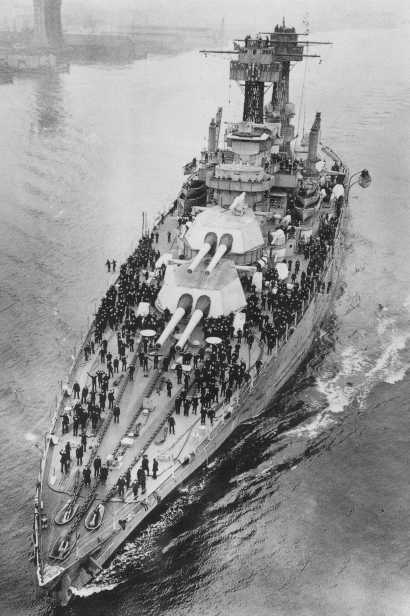
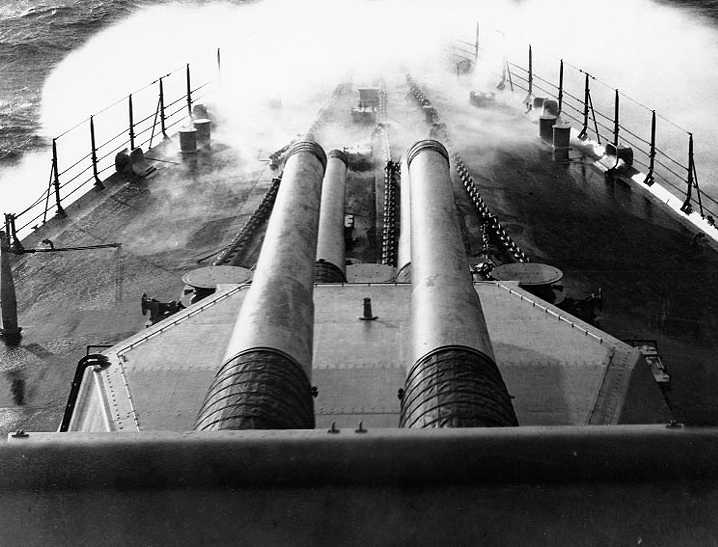
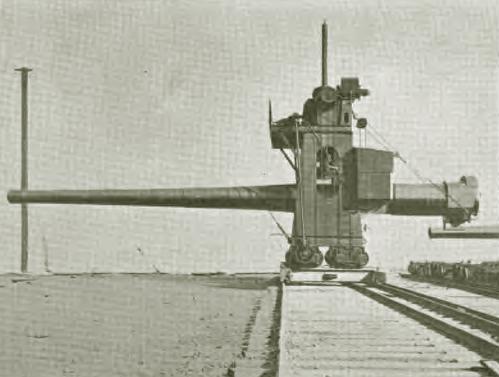
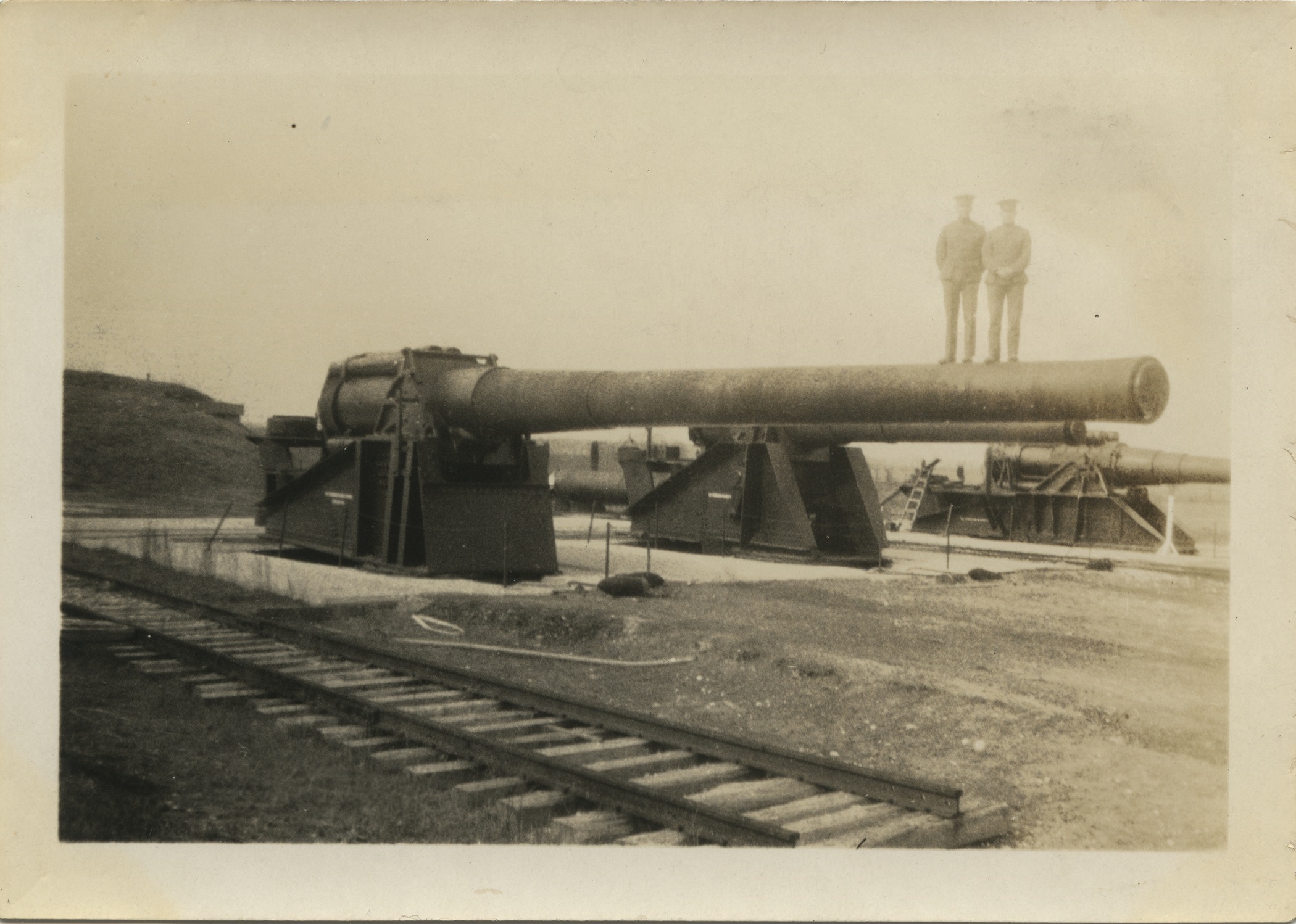
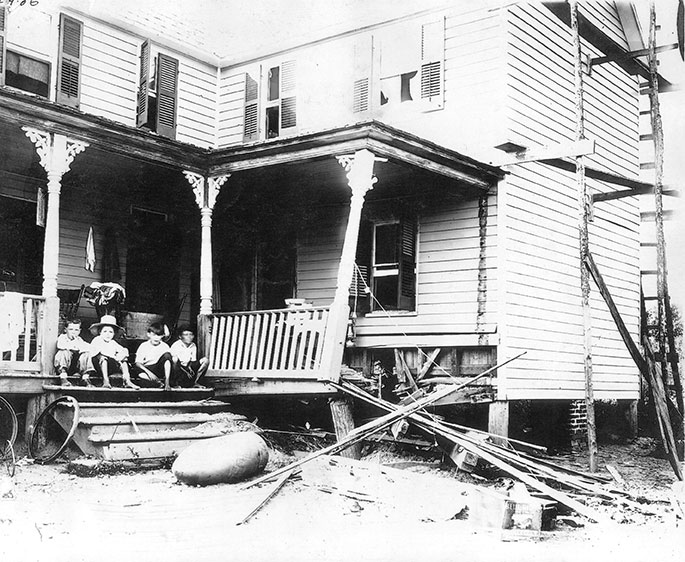
"Naval Weapons of World War Two" by John Campbell
"US Naval Weapons," "US Battleships: An Illustrated Design History" and "Battleship Design and Development 1905-1945" all by Norman Friedman
"A Treatise on Rifling of Guns" by Carl F. Jeansén
"Round Shot to Rockets: A History of the Washington Navy Yard and the United States Naval Gun Factory" by Taylor Peck
"Battleships" by Paul Stillwell
---
"Range and Ballistic Tables 1935" by Department of Ordnance and Gunnery, U.S. Naval Academy
"United States Naval Guns: Their Marks and Modifications - Ordnance Pamphlet No. 127 - December 1916, Revised April 1942" by Bureau of Ordnance (BuOrd), Department of the Navy
"U.S. Explosive Ordnance - Ordnance Pamphlet No. 1664 - May 1947" by Bureau of Ordnance (BuOrd), Department of the Navy
---
"Problems at Indian Head" by Sara Krechel at NSWC Dahlgren
---
Special help from Leo Fischer, Nathan Okun and James Poynor
31 May 2008 - Benchmark
15 August 2014 - Minor changes
11 February 2015 - Added note regarding "Type" prototype gun
22 April 2015 - Redid photograph of Colorado on trials
08 July 2016 - Converted to HTML 5 format
30 September 2019 - Added Indian Head incident, reorganized notes
30 March 2021 - Changed link for Indian Head article to point to Wayback Archives and added photograph of Type Gun on the gunrange.
10 May 2021 - Corrected errors in range table
30 March 2023 - Added time of flight and maximum ordinate to range table
25 July 2023 - Minor changes to notes for Range Table
